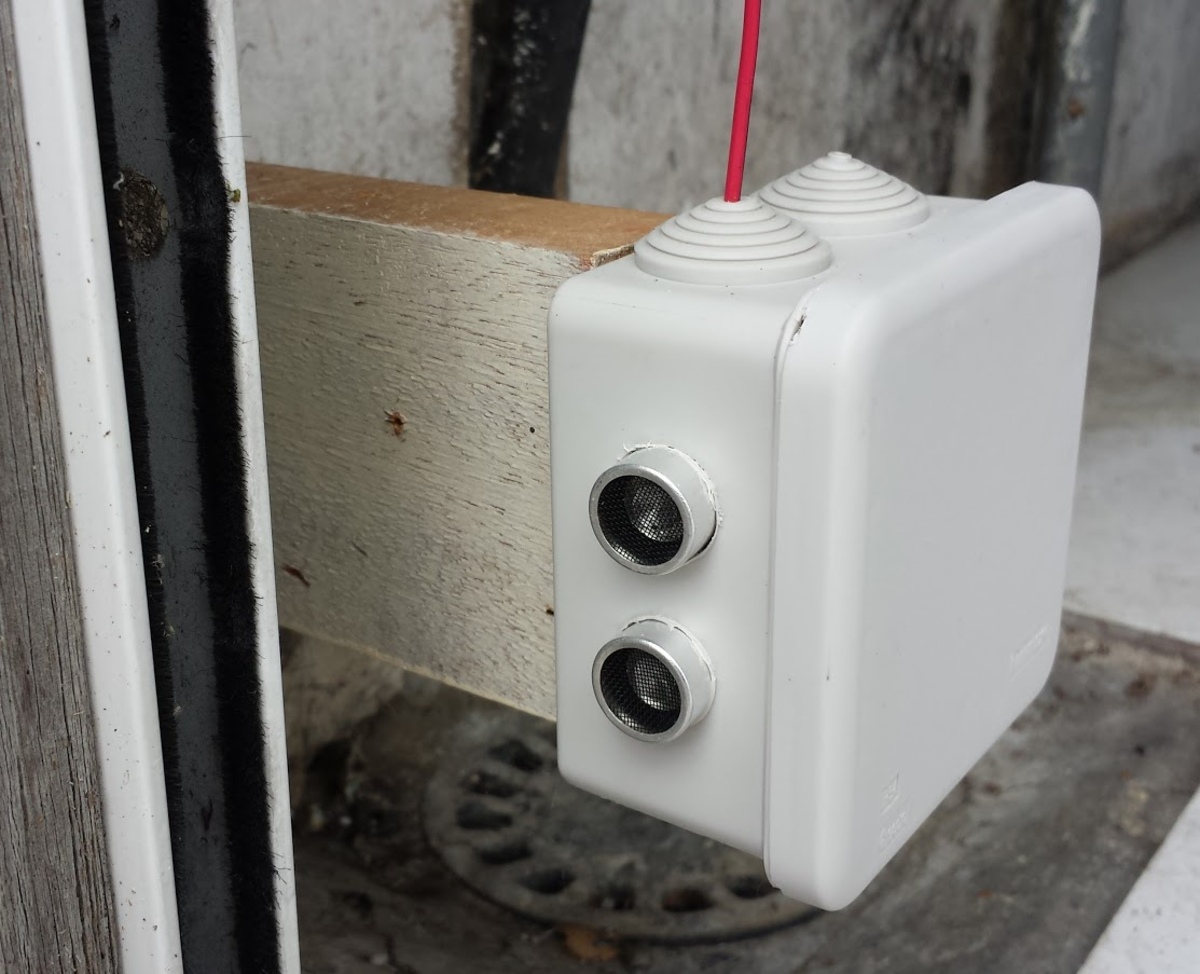

Articles
How Do Garage Door Sensors Work
Modified: January 19, 2024
Discover how garage door sensors work in this informative article. Explore the mechanics and importance of these safety features.
(Many of the links in this article redirect to a specific reviewed product. Your purchase of these products through affiliate links helps to generate commission for Storables.com, at no extra cost. Learn more)
Introduction
Garage door sensors are an essential component of any garage door system. These sensors play a crucial role in ensuring the safety and functionality of the door. By detecting objects in the door’s path, garage door sensors prevent accidents and protect both people and property.
In this article, we will explore how garage door sensors work, the different types of sensors available, their components and operation, sensor placement and alignment, common issues and troubleshooting, as well as maintenance and care tips to keep your garage door sensors functioning optimally.
Understanding how garage door sensors work is key to comprehending their importance in garage door systems. Let’s dive in!
Key Takeaways:
- Garage door sensors, including photoelectric, infrared, and pressure sensors, play a crucial role in preventing accidents and protecting property by detecting obstructions and triggering safety mechanisms.
- Proper sensor placement, alignment, regular maintenance, and care are essential for ensuring the effective functioning and longevity of garage door sensors, contributing to the safety and reliability of the entire garage door system.
Read more: How Do You Reset Garage Door Sensors
Types of Garage Door Sensors
There are several types of garage door sensors commonly used in residential and commercial properties. Each type employs a different method of detecting objects and ensuring the safe operation of the garage door. Let’s take a closer look at these sensor types:
1. Photoelectric Sensors: Photoelectric sensors, also known as optical sensors, are the most common type of garage door sensor. These sensors consist of two units: a transmitter and a receiver. The transmitter emits an invisible beam of light, while the receiver detects the presence or interruption of this beam. When an object disrupts the beam of light, the sensor signals the garage door opener to stop or reverse its operation, preventing the door from closing on the obstruction. Photoelectric sensors are highly reliable and widely used due to their effectiveness in detecting objects of various sizes and shapes.
2. Infrared Sensors: Infrared sensors, similar to photoelectric sensors, utilize invisible beams to detect obstructions in the garage door’s path. However, infrared sensors use multiple beams at different heights to increase accuracy and reduce the chances of false detections. These sensors are typically positioned near the bottom of the garage door on both sides. If an object breaks any of the beams, the garage door opener receives a signal to halt or reverse its movement. Infrared sensors are highly sensitive and provide enhanced safety for garage doors.
3. Pressure Sensors: Pressure sensors, also known as contact sensors or mechanical sensors, work by detecting the physical pressure or force exerted on the garage door. These sensors are typically placed on the bottom part of the garage door or on the floor. When the garage door encounters an obstruction, it exerts pressure on the sensor, triggering the sensor to send a signal to the garage door opener to stop or reverse. While pressure sensors are less common than photoelectric or infrared sensors, they provide an additional layer of safety, especially for older garage door systems that may not have built-in sensor technology.
By using one or a combination of these sensors, garage door systems can detect obstacles and ensure safe operation. The choice of sensor type depends on factors such as the specific requirements of the garage door system, the level of sensitivity required, and the desired level of safety.
Components and Operation
Garage door sensors consist of various components that work together to detect objects and ensure the safe operation of the garage door. Understanding the key components and their operation is essential to grasp how garage door sensors function. Let’s explore the main components:
1. Sensor Units: The sensor units are the main components of garage door sensors. In most cases, there are two sensor units placed on opposite sides of the garage door near the floor. These units communicate with each other to ensure that the door’s path is clear. They send and receive signals to detect any obstructions in the garage door’s path.
2. Transmitter and Receiver: Garage door sensors typically consist of a transmitter and a receiver. The transmitter emits a beam of light or infrared signal, while the receiver detects the presence or absence of the transmitted signal. The communication between the transmitter and receiver is critical for detecting any interruptions, indicating the presence of an object in the door’s path.
3. Signal Detection: When the sensor units transmit and receive signals, they detect any changes or interruptions in the signal. If the signal is interrupted by an object, such as a person, pet, or vehicle, the sensor units send a signal to the garage door opener. This signal triggers the safety mechanism to stop or reverse the movement of the garage door, preventing any accidents or damage.
4. Safety Mechanisms: Garage door sensors are equipped with safety mechanisms to ensure the door’s safe operation. The most common safety mechanism is the auto-reverse feature. When an object is detected in the door’s path, the sensor units signal the garage door opener to halt or reverse the door’s movement. This prevents the door from closing on the obstruction and potentially causing harm or damage.
Garage door sensors rely on the proper functioning of these components to maintain the safety and functionality of the door system. Regular inspection and maintenance of the sensor units, transmitter, receiver, and safety mechanisms are necessary to ensure that the sensors are operating correctly.
Sensor Placement and Alignment
The proper placement and alignment of garage door sensors are crucial for their effective operation. Improper sensor placement or misalignment can lead to malfunctions and compromise the safety of the garage door system. Here are some key considerations for sensor placement:
1. Height: Garage door sensors should be installed at a specific height to ensure optimal detection of objects in the door’s path. Typically, the sensors are mounted no higher than 6 inches above the ground. This height allows the sensors to detect objects of various sizes, including pets and small children. Installing the sensors too low or too high may result in missed obstructions or false detections, leading to unsafe operation.
2. Positioning: The sensor units should be installed on opposite sides of the garage door, aligned with each other. They should be positioned in a way that allows the sensor beam or signal to pass uninterrupted between them. It is crucial to follow the manufacturer’s guidelines for the specific sensor model to ensure proper positioning.
3. Avoiding Obstructions: When installing the sensors, it is important to avoid any obstructions that may interfere with their operation. Clear any debris, dirt, or objects within the line of sight between the sensors. Ensure that there are no items hanging near the sensors, such as cables, cords, or tools, which may disrupt the sensor’s beam or signal.
4. Secure Mounting: The sensor units should be securely mounted to prevent any movement or displacement. Use appropriate mounting brackets or screws provided by the manufacturer. Ensure that the sensors are firmly attached to the wall or garage door frame, maintaining their alignment and stability.
Proper sensor placement and alignment are critical for optimal performance and safety. If you are unsure about the correct placement or alignment, consult the manufacturer’s instructions or seek professional assistance to ensure that your garage door sensors are installed correctly.
Make sure the sensors are properly aligned and free from any obstructions to ensure they work effectively. Regularly clean the sensors to prevent dirt or debris from interfering with their function.
Common Issues and Troubleshooting
While garage door sensors are designed to enhance safety and prevent accidents, they can sometimes encounter issues that hinder their proper functioning. Understanding common issues and troubleshooting techniques can help you resolve problems and ensure the reliable operation of your garage door sensors. Here are some common issues and their solutions:
1. Sensor Misalignment: Over time, garage door sensors can become misaligned due to accidental bumps or vibrations. Misalignment may result in the sensors not detecting objects properly, leading to the door not functioning as intended. To troubleshoot sensor misalignment, inspect the sensor units and ensure that they are level with each other and aligned. Adjust the sensor brackets or mounting hardware if necessary to realign the sensors. Use a level to check their alignment and make any necessary corrections.
2. Sensor Interference: Sometimes, other electronic devices or light sources can interfere with the signal between the sensor units. This interference can lead to false detections or the sensors not working correctly. To troubleshoot sensor interference, identify and eliminate any potential sources of interference. Move any electronic devices away from the sensor units. If there are reflective surfaces nearby, such as mirrors or shiny objects, try covering or repositioning them to minimize interference. Additionally, ensure that the sensor lenses are clean and free from any dirt or debris that could disrupt the signal.
3. Dirty Sensors: Dust, dirt, or spider webs on the sensor lenses can obstruct the transmission and reception of the sensor’s signal. This can result in inaccurate detection or the sensors not working at all. To troubleshoot dirty sensors, carefully clean the sensor lenses using a soft, lint-free cloth or a mild cleaning solution. Be sure to follow the manufacturer’s guidelines for cleaning to avoid damaging the sensors. Regularly cleaning the sensor lenses as part of your maintenance routine can help prevent this issue.
By addressing these common issues and performing the necessary troubleshooting steps, you can resolve many problems with your garage door sensors. However, if the issues persist or you are unsure about the troubleshooting process, it is recommended to consult a professional garage door technician for assistance.
Read more: How To Wire A Garage Door Sensor
Maintenance and Care
To ensure the optimal performance and longevity of your garage door sensors, regular maintenance and care are necessary. By following proper maintenance practices, you can prevent issues and extend the lifespan of your sensors. Here are some essential maintenance tips:
1. Cleaning the Sensors: Regularly cleaning the sensor lenses is crucial to ensure accurate detection and proper functioning. Use a soft, lint-free cloth or a mild cleaning solution to gently wipe the sensor lenses. Avoid using harsh chemicals or abrasive materials that can damage the lenses. Additionally, keep the surrounding area free from dust, dirt, and debris that may obstruct the sensor’s signal.
2. Regular Inspection: Perform regular inspections of the garage door sensors to identify any signs of wear, damage, or misalignment. Check the mounting brackets, wiring connections, and sensor housing for any loose or damaged components. Ensure that the sensor units are securely attached and properly aligned. If you notice any issues during the inspection, address them promptly by tightening loose connections or adjusting the sensor alignment.
3. Replacing Faulty Sensors: If you encounter persistent issues or suspect that one or both sensors are faulty, it may be necessary to replace them. Faulty sensors can compromise the safety of your garage door system and may require professional intervention. Consult the manufacturer’s guidelines or seek the assistance of an experienced garage door technician to ensure proper installation of the new sensors.
By incorporating these maintenance practices into your routine, you can prevent many common issues and ensure that your garage door sensors remain in optimal working condition. Regular care and maintenance will contribute to the safety, reliability, and longevity of your garage door sensor system.
Conclusion
Garage door sensors play a vital role in ensuring the safety and smooth operation of your garage door system. By detecting objects in the door’s path, these sensors prevent accidents and protect both people and property. Understanding how garage door sensors work and implementing proper placement, alignment, maintenance, and care practices are essential for their effective functioning.
Throughout this article, we discussed the different types of garage door sensors, including photoelectric sensors, infrared sensors, and pressure sensors. Each type employs a unique method of detecting obstructions and ensuring the safe operation of the garage door.
We examined the components and operation of garage door sensors, such as the sensor units, transmitter and receiver, signal detection, and safety mechanisms. These components work in unison to detect objects and trigger the necessary safety measures to prevent accidents and damages.
We also explored the importance of proper sensor placement and alignment, emphasizing the correct height and positioning to maximize their effectiveness. Ensuring that the sensors are free from obstructions and securely mounted is crucial for their optimal operation.
Additionally, we discussed common issues that can arise with garage door sensors, such as misalignment, interference, and dirty sensors. By following the recommended troubleshooting techniques, such as realigning the sensors, eliminating sources of interference, and cleaning the sensor lenses, you can address these issues effectively.
Lastly, we highlighted the importance of regular maintenance and care for garage door sensors. By cleaning the sensors, conducting regular inspections, and replacing faulty sensors when necessary, you can ensure reliable sensor performance and prolong their lifespan.
In conclusion, understanding how garage door sensors work and implementing proper placement, alignment, maintenance, and care practices are crucial for maintaining the safety and functionality of your garage door system. By doing so, you can enjoy the convenience of a well-operating garage door while ensuring the safety of your loved ones and your property.
Frequently Asked Questions about How Do Garage Door Sensors Work
Was this page helpful?
At Storables.com, we guarantee accurate and reliable information. Our content, validated by Expert Board Contributors, is crafted following stringent Editorial Policies. We're committed to providing you with well-researched, expert-backed insights for all your informational needs.
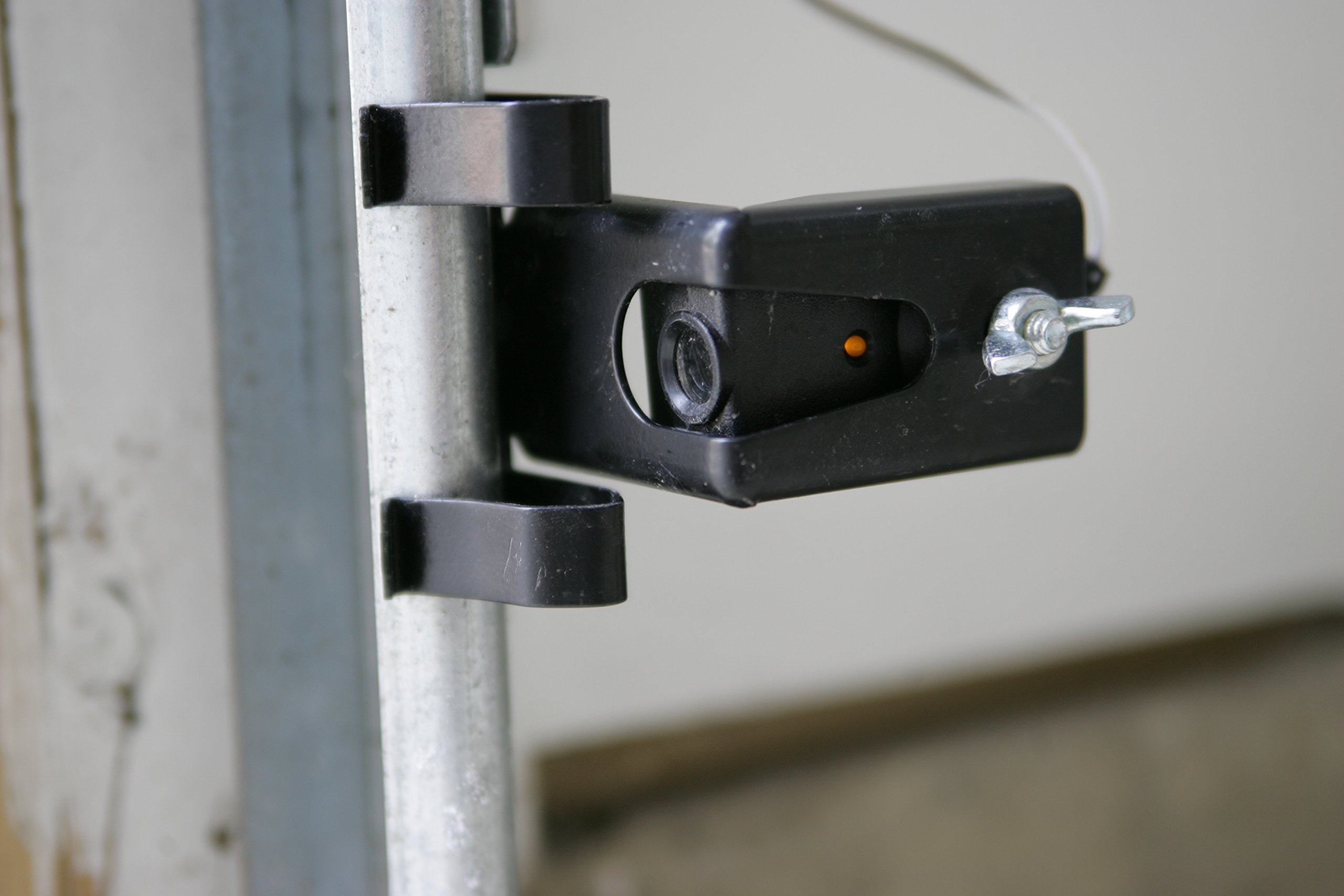
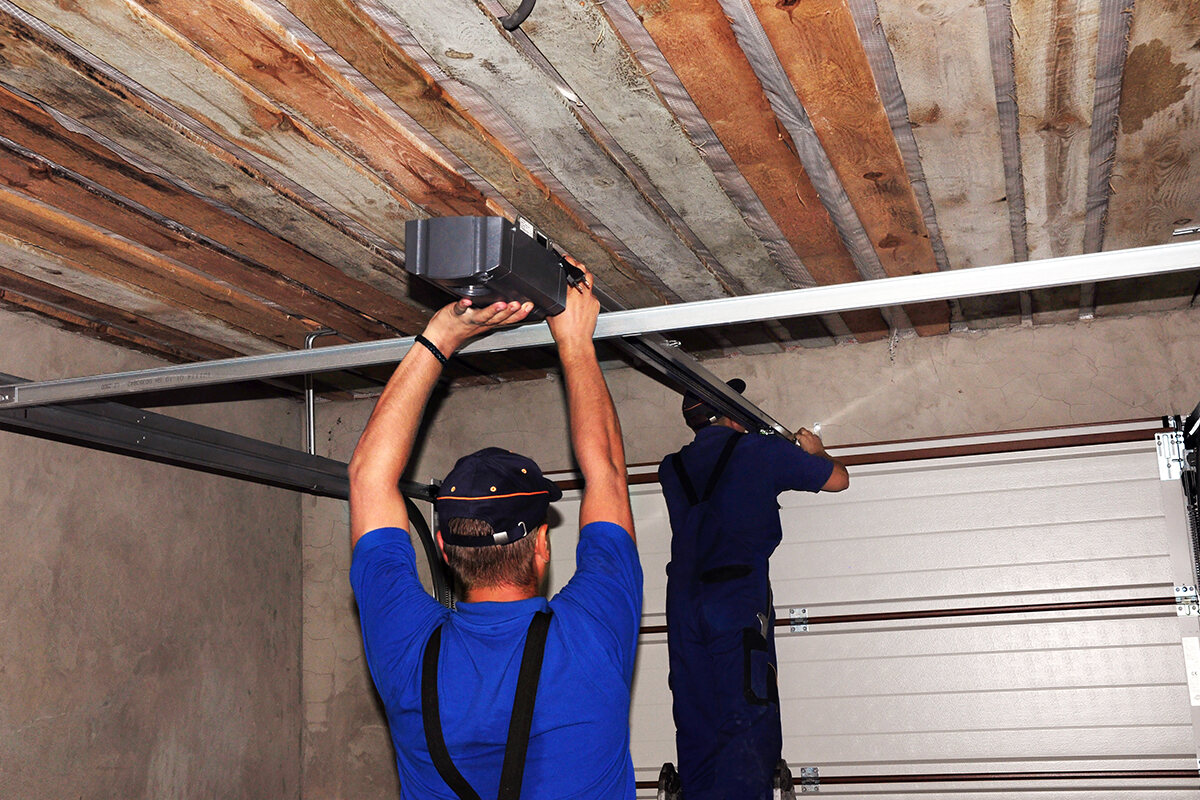
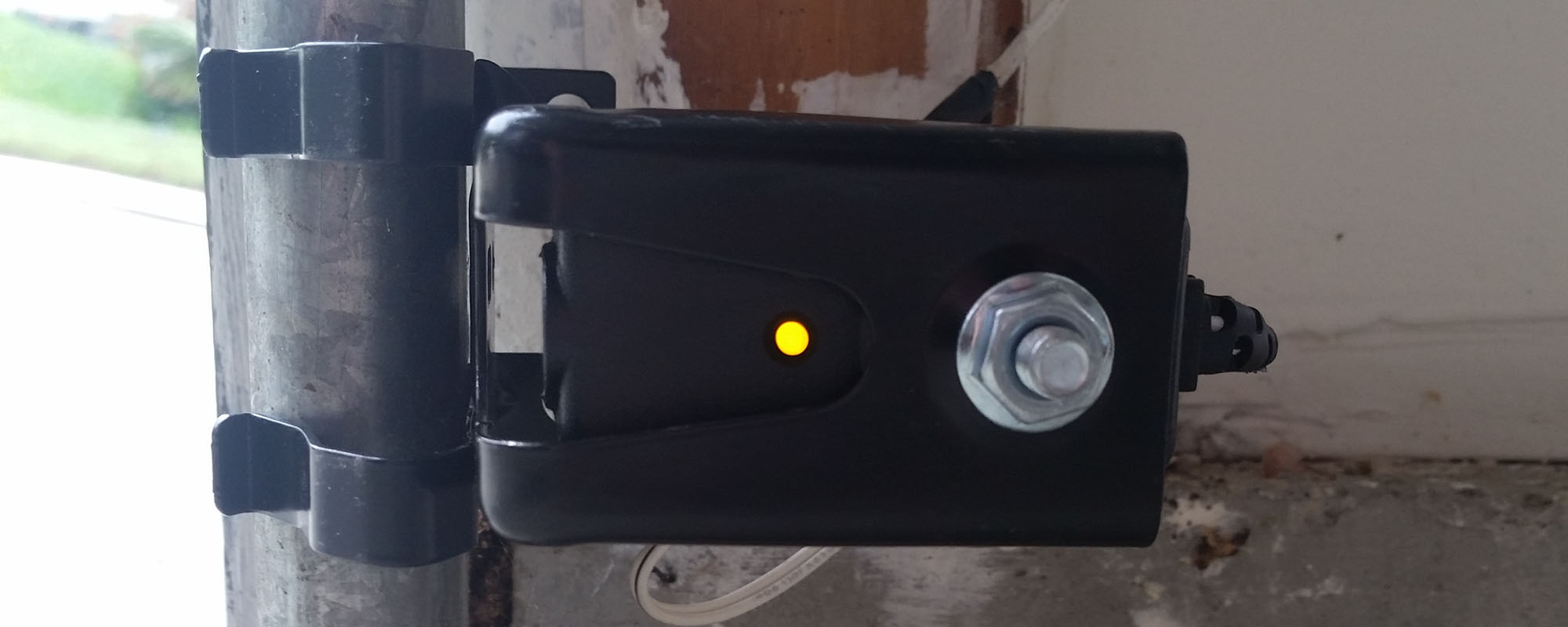
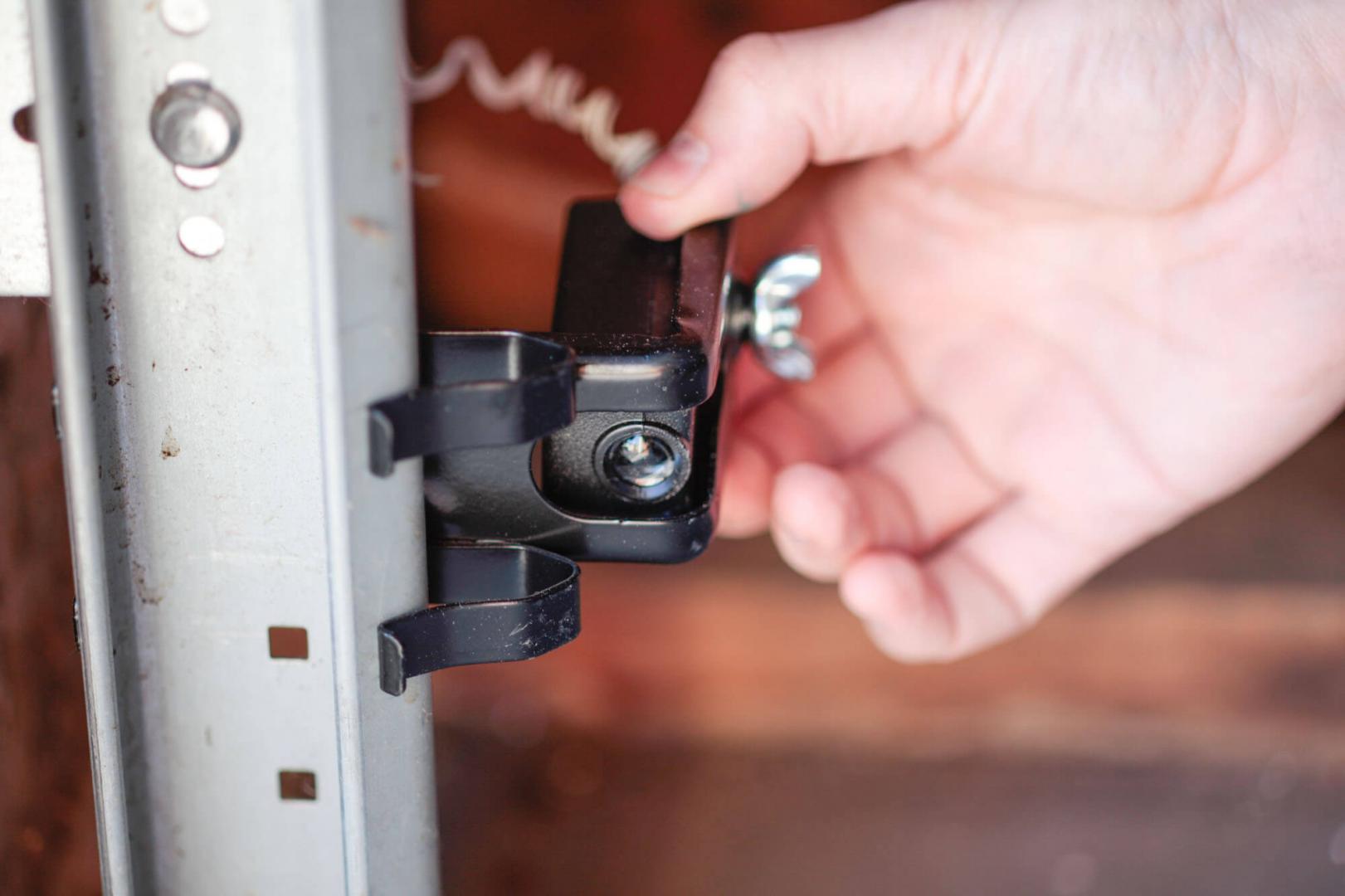

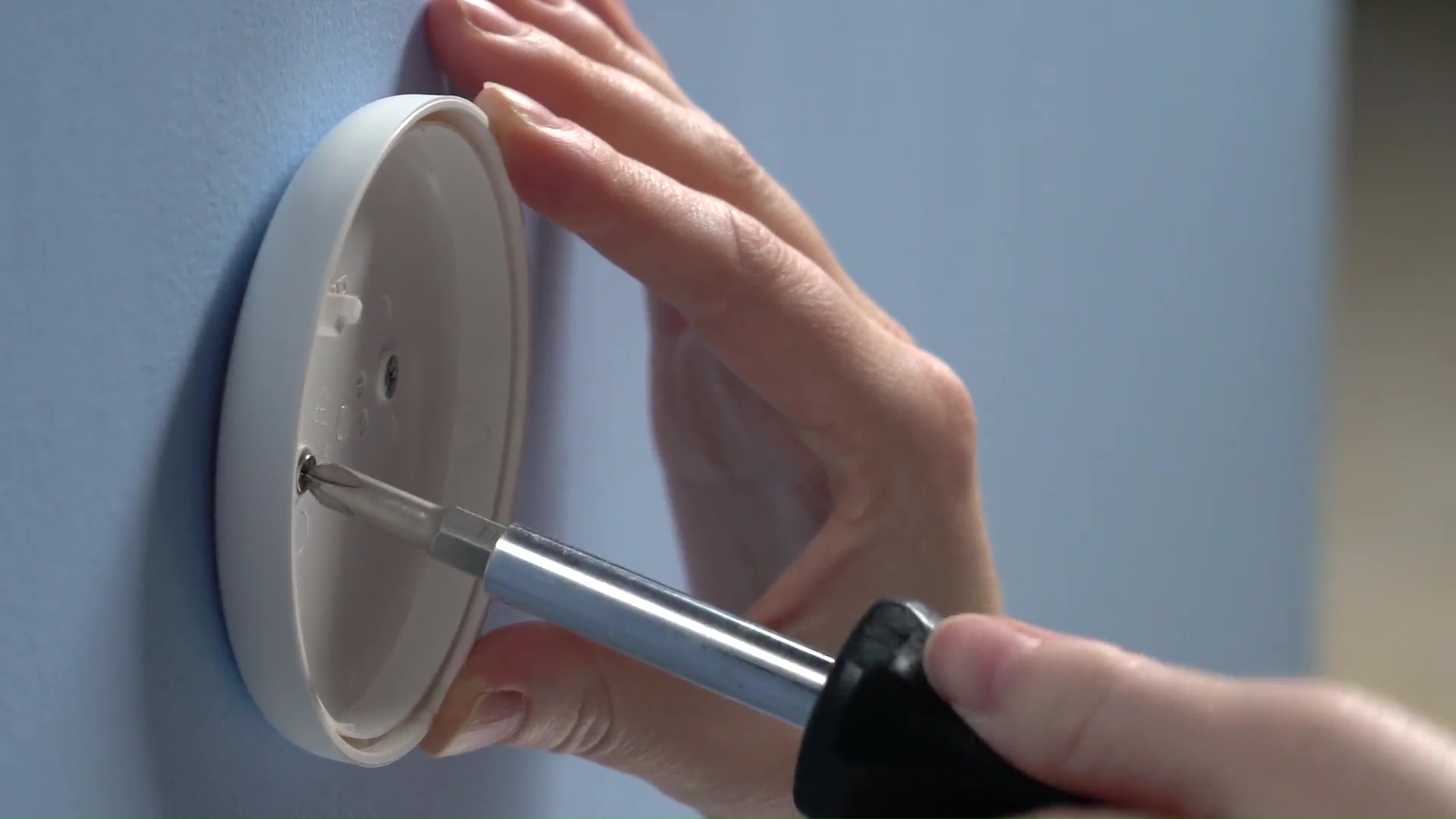
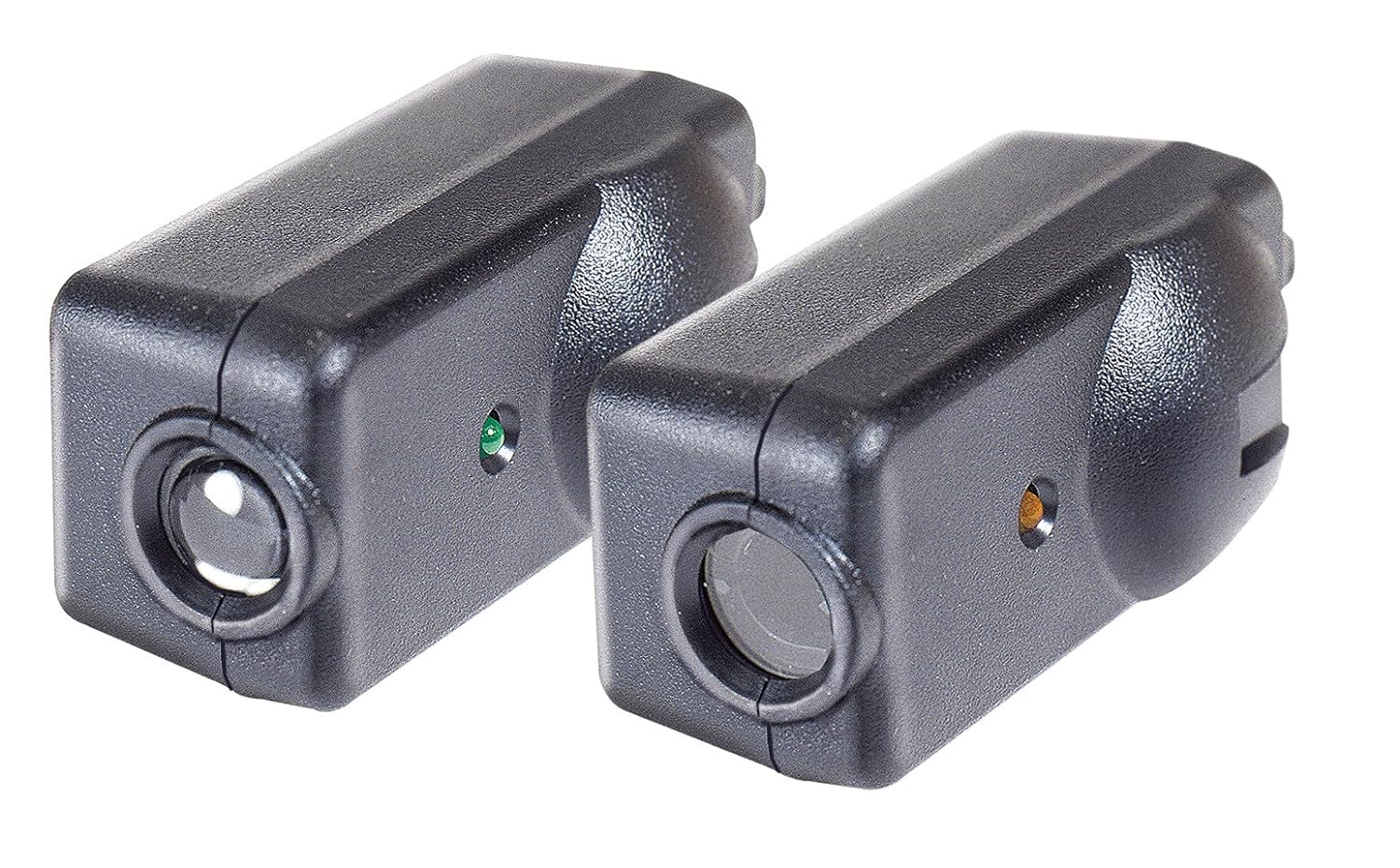
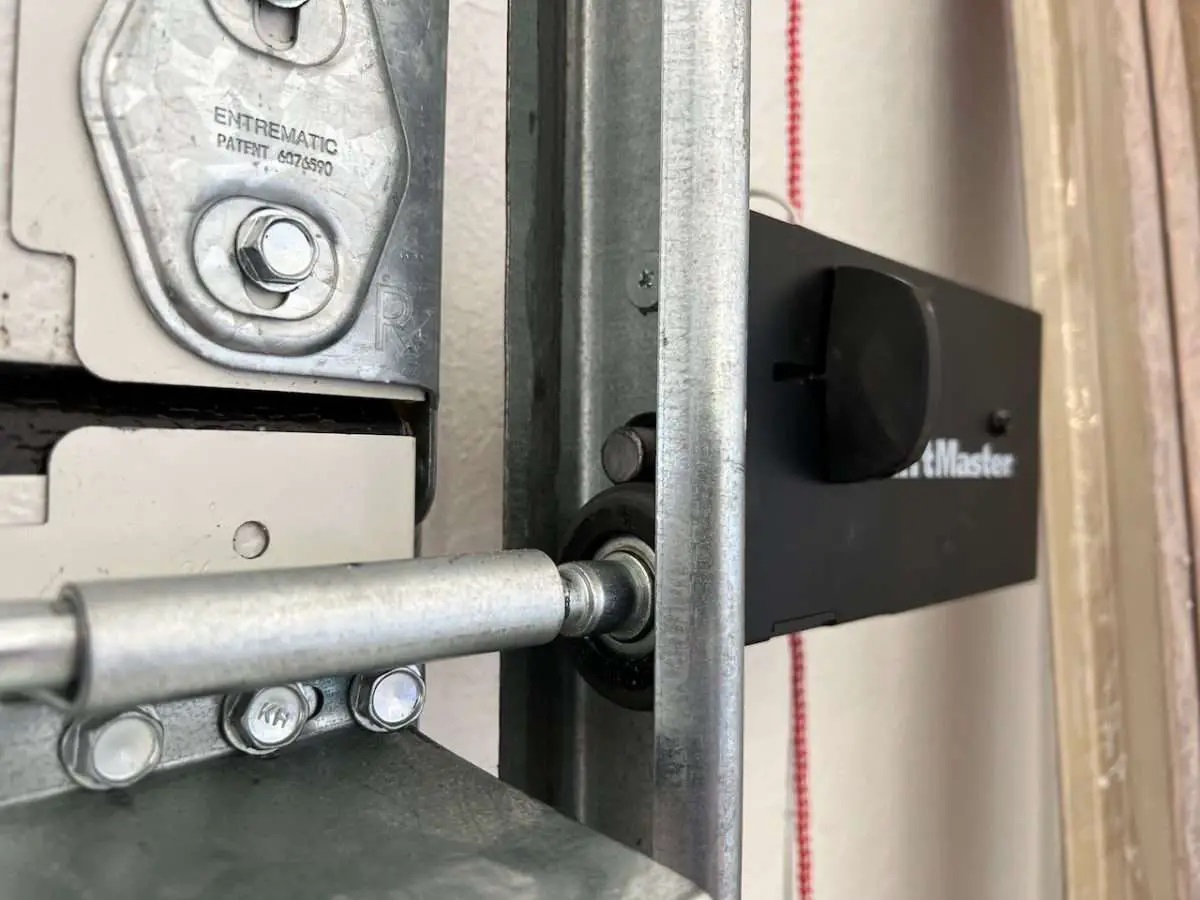
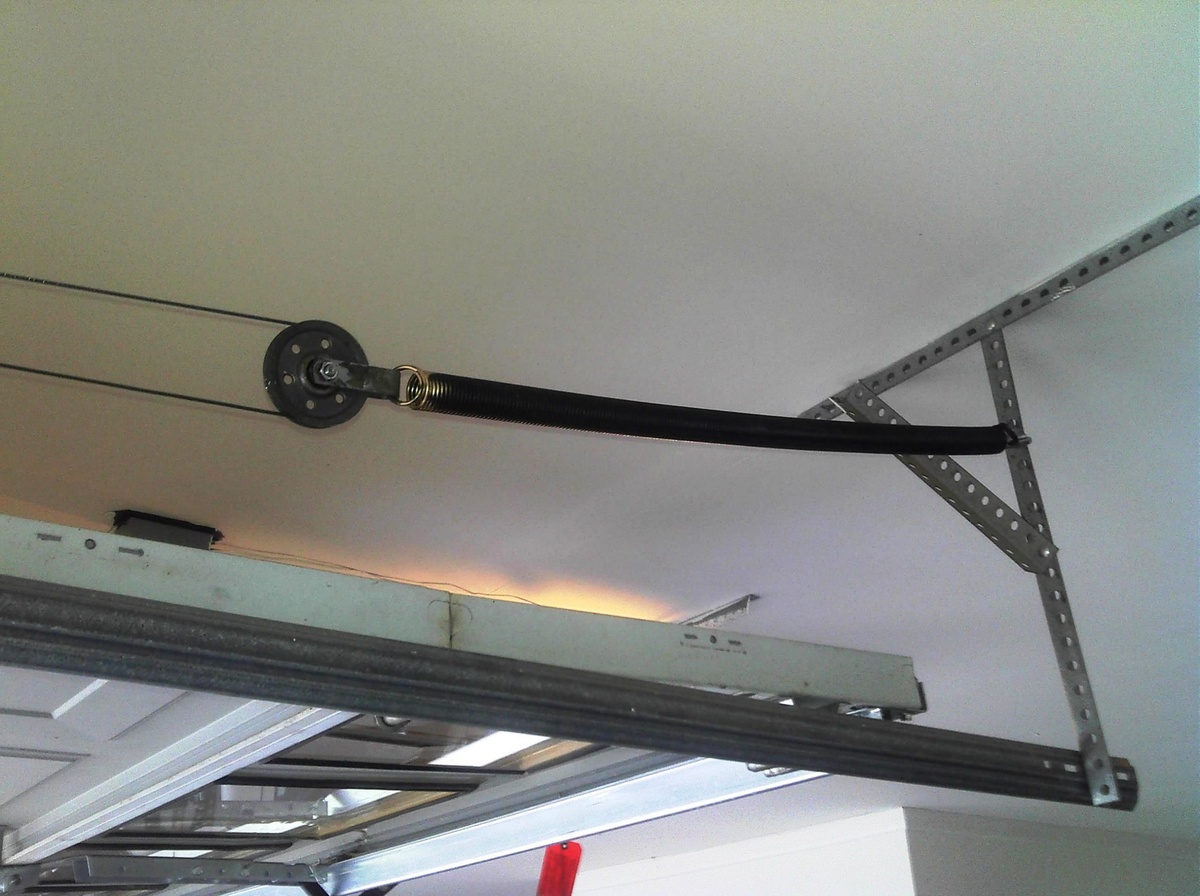
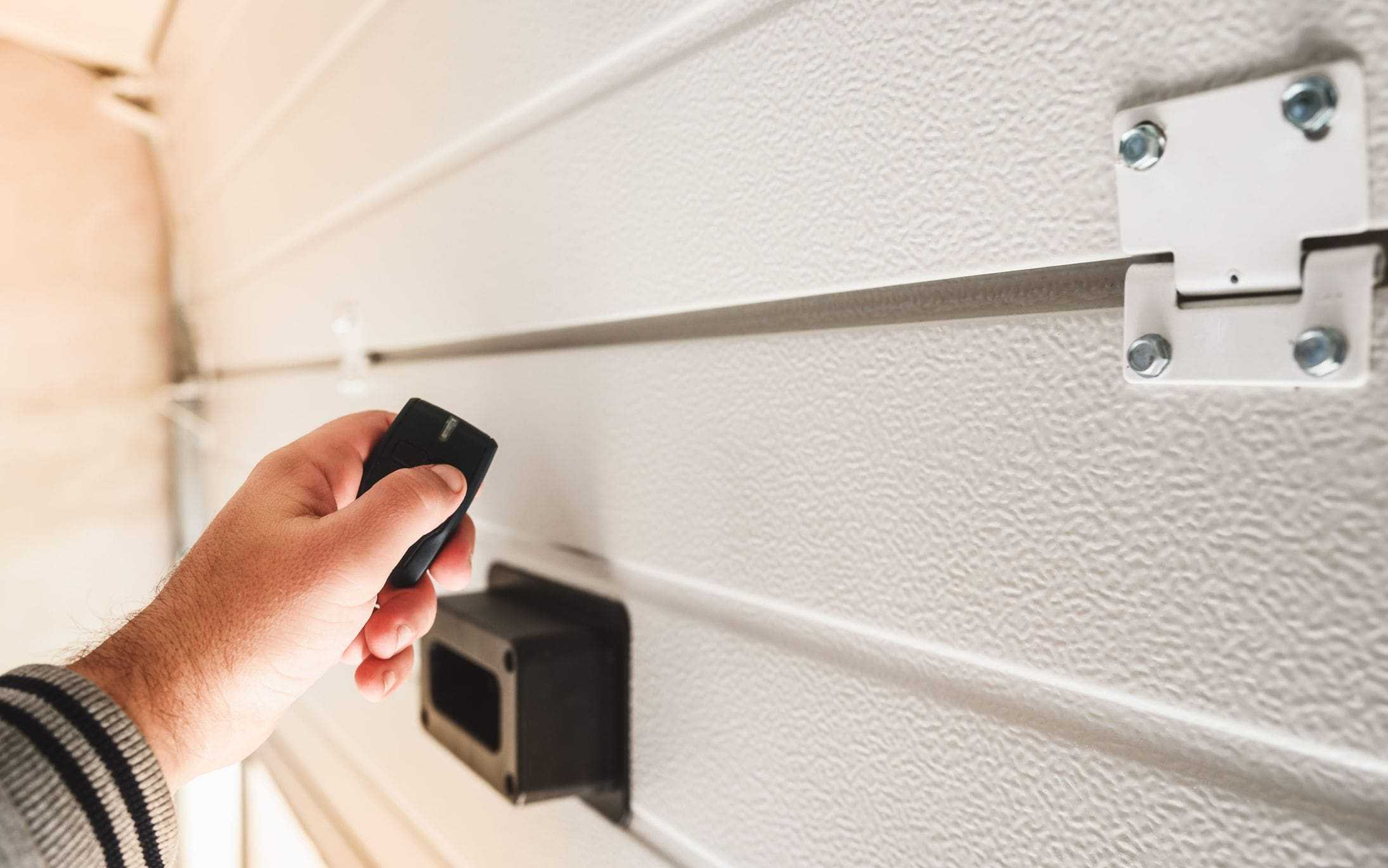
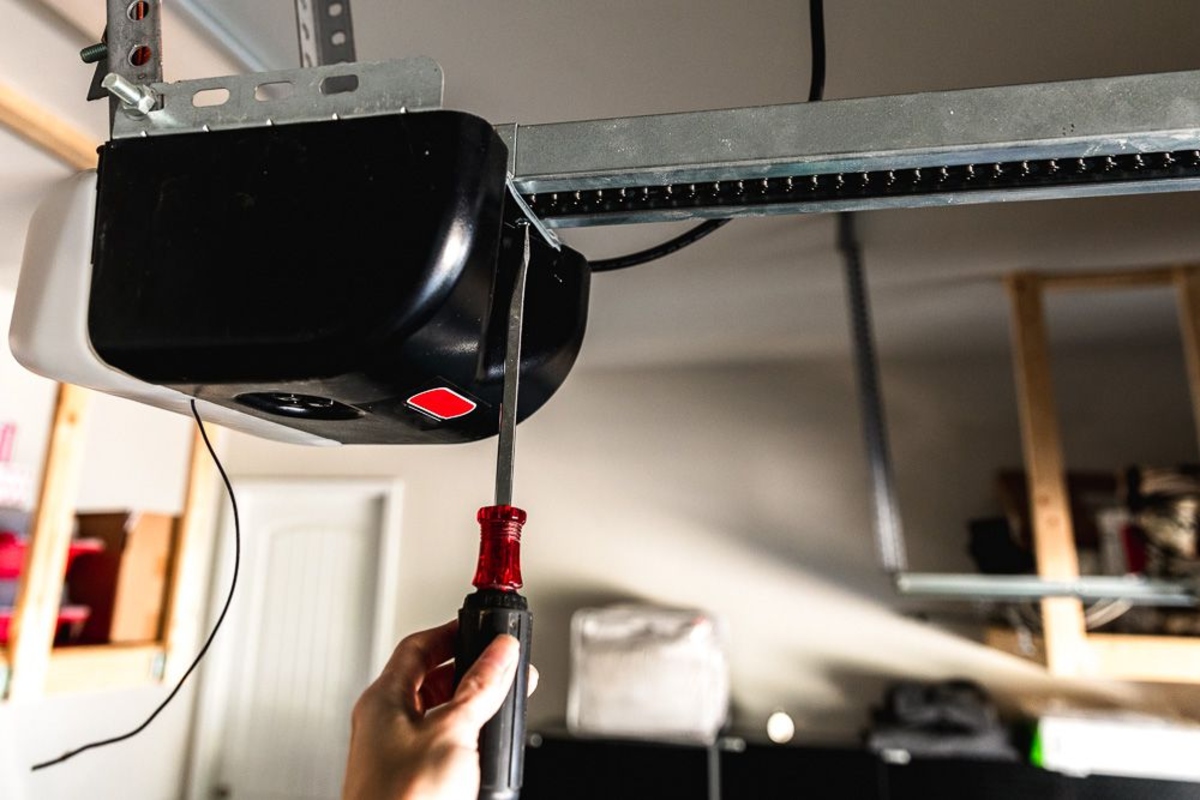
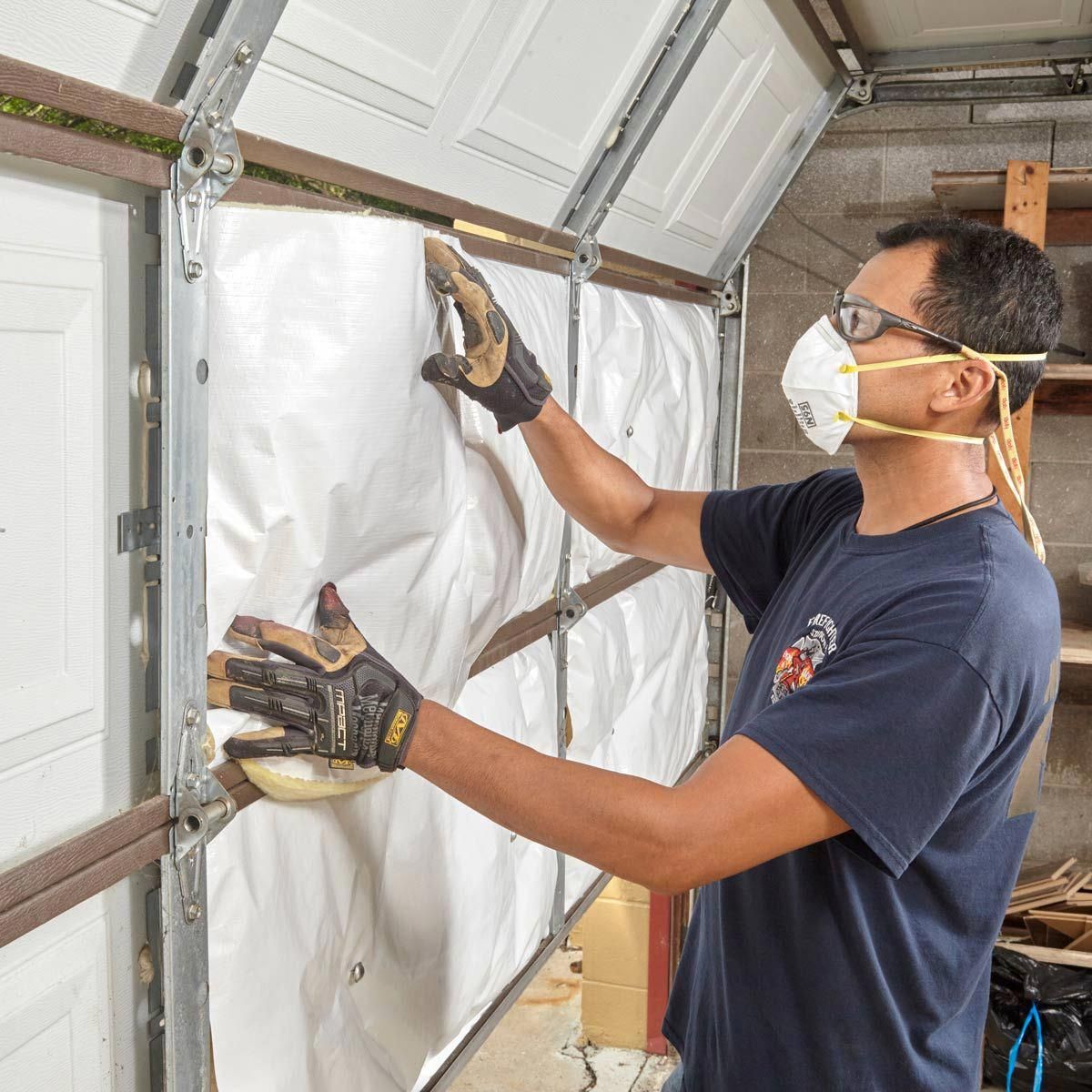
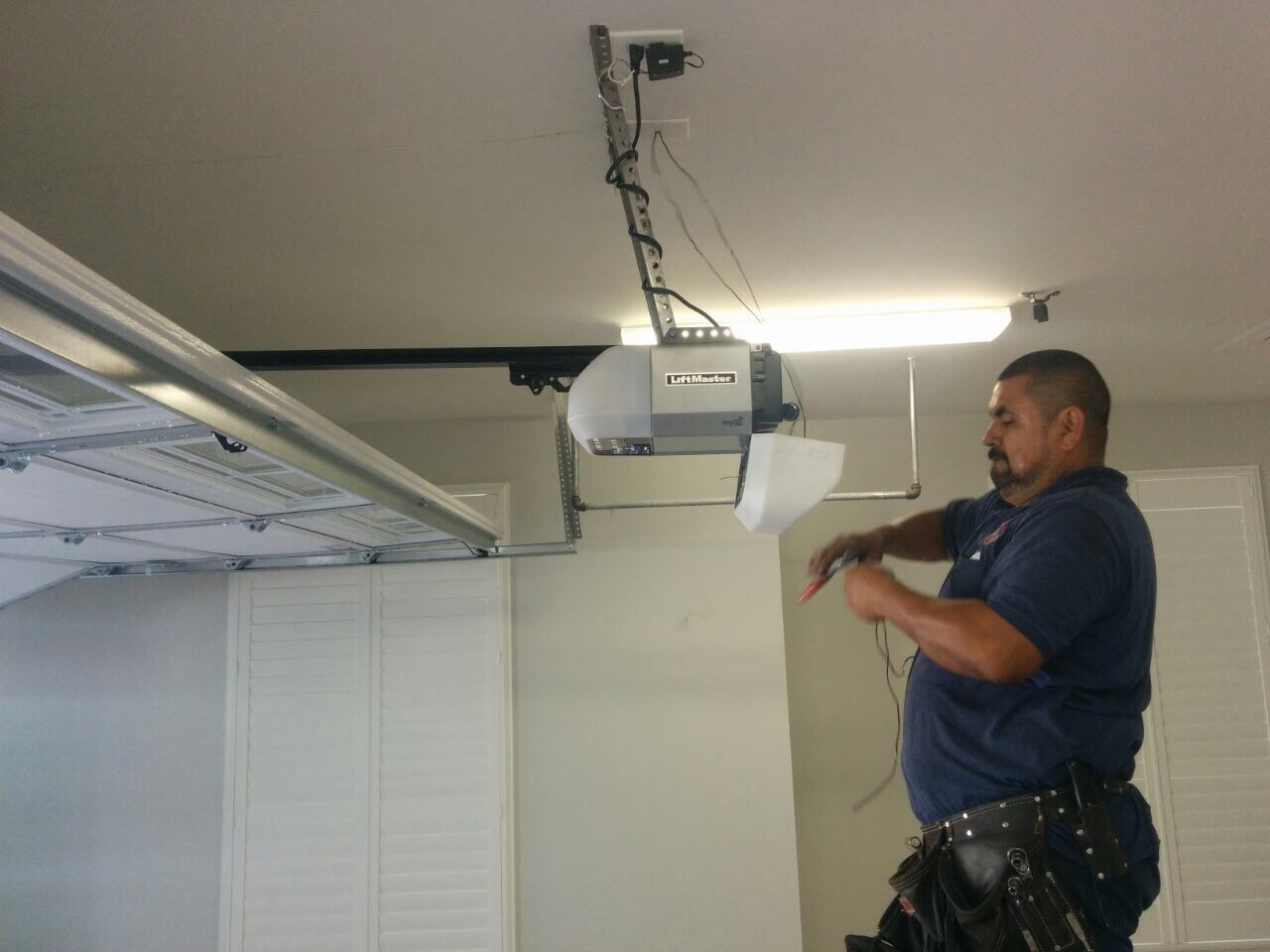
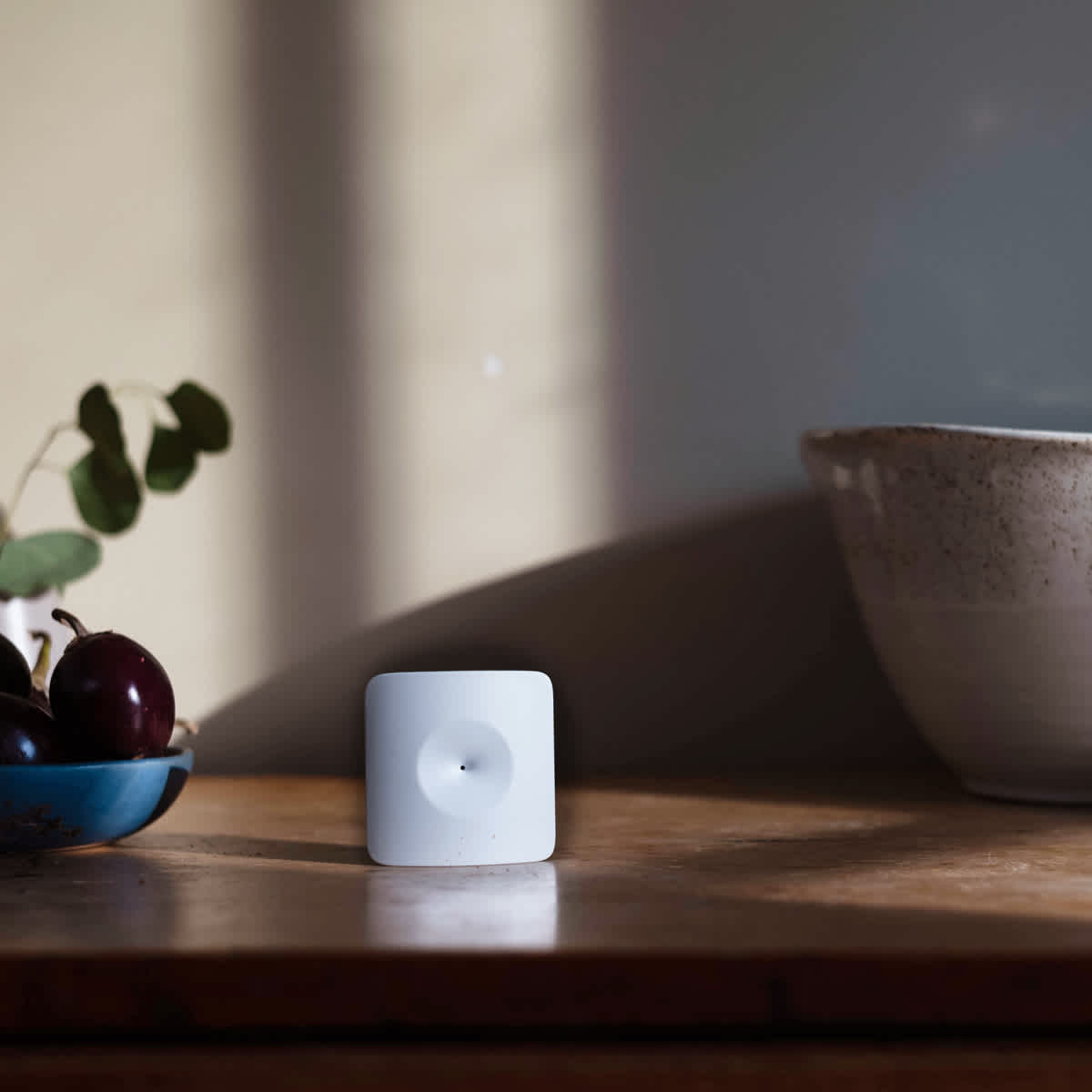

0 thoughts on “How Do Garage Door Sensors Work”